chapter 5.1
Objectives
- Introduce the classical views
- Compare and contrast image formation by computer with how images have been formed by architects, artists, and engineers
- Learn the benefits and drawbacks of each type of view
Classical Viewing
- Viewing requires three basic elements
- One or more objects
- A viewer with a projection surface
- Projectors that go from the object(s) to the projection surface
- Classical views are based on the
relationship among these elements
- The viewer picks up the object and orients it how she would like to see it
- Each object is assumed to be constructed
from flat principal faces
- Buildings, polyhedra, manufactured objects
Planar Geometric
Projections 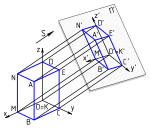
- Standard projections project onto a plane
- Projectors are lines that either
- converge at a center of projection (COP) - perspective
- are parallel - direction of projection (DOP) - orthographic
- Such projections preserve lines
- but not necessarily angles
- Nonplanar projections are needed for applications such as map construction
Classical Projections
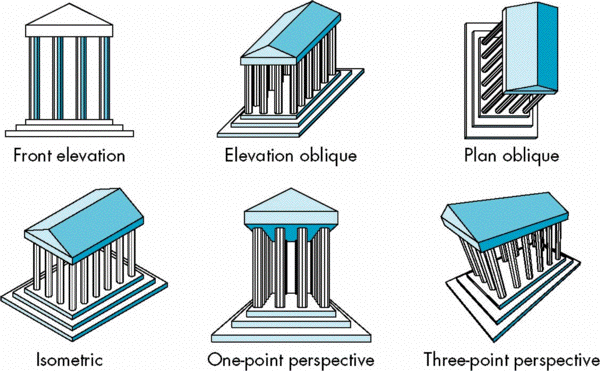
Perspective vs Parallel
- Computer graphics treats all projections the same and implements them with a single pipeline
- Classical viewing developed different techniques for drawing each type of projection
- Fundamental distinction is between
parallel and perspective viewing even though mathematically
parallel viewing is the limit of perspective viewing
Taxonomy of Planar Geometric Projections
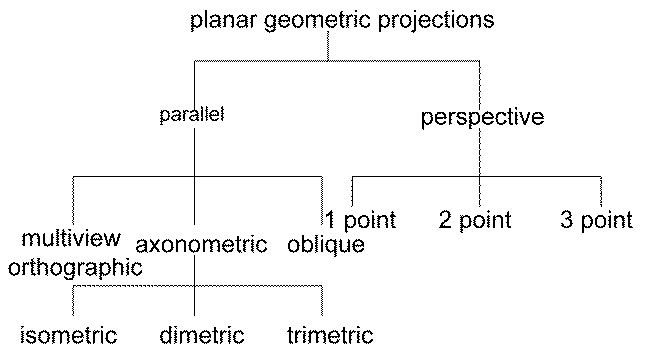
Perspective Projection
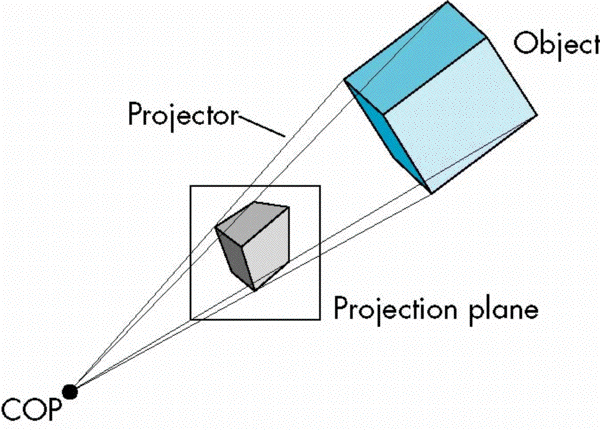
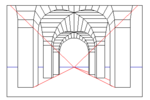
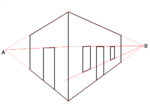

Parallel Projection
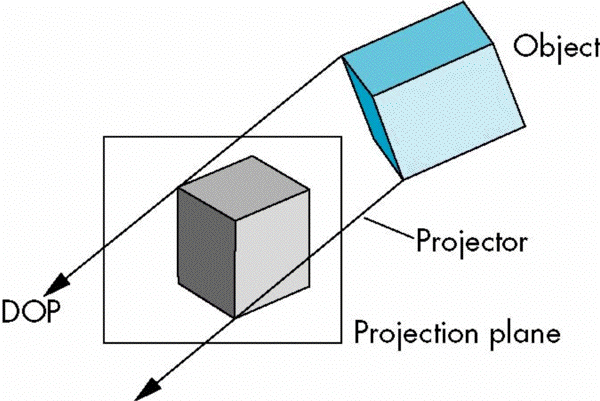
Orthographic Projection
- Projectors are orthogonal to projection surface
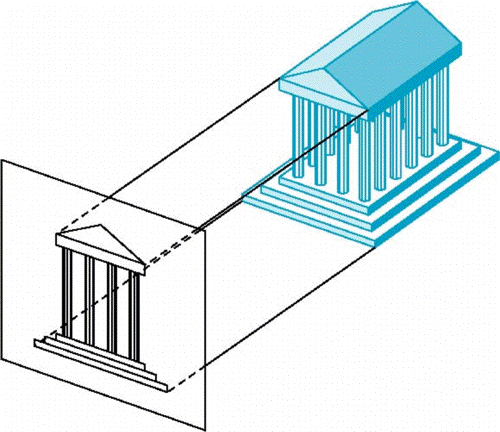
Multiview Orthographic Projection
- Projection plane parallel to principal face
- Usually form front, top, side views
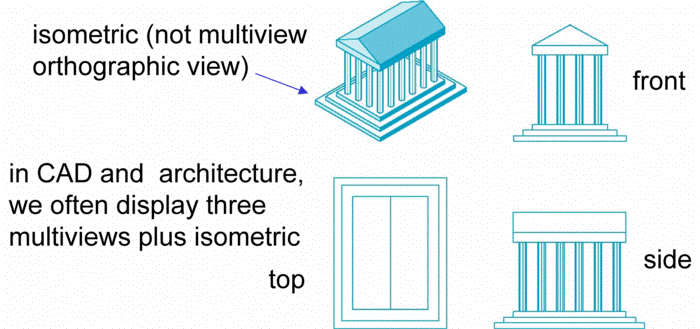
Advantages and Disadvantages
- Preserves both distances and angles
- Shapes preserved
- Can be used for measurements
- Building plans
- Manuals
- Cannot see what object really looks like
because many surfaces hidden from view
- Often we add the isometric
Axonometric Projections
- Allow projection plane to move relative to object
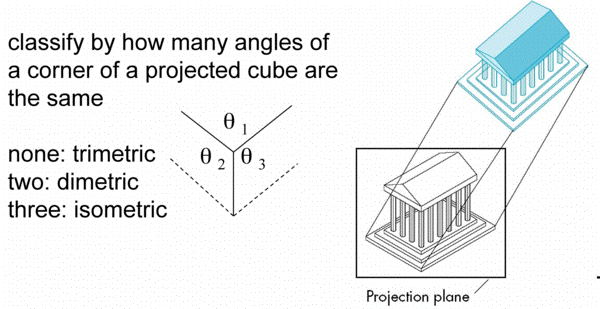
Types of Axonometric Projections

Advantages and Disadvantages
- Lines are scaled (foreshortened) but can find scaling factors
- Lines preserved but angles are not
- Projection of a circle in a plane not parallel to the projection plane is an ellipse
- Can see three principal faces of a box-like object
- Some optical illusions possible
- Parallel lines appear to diverge
- Does not look real because far objects are scaled the same as near objects
-
Used in CAD applications - Isometric Cube
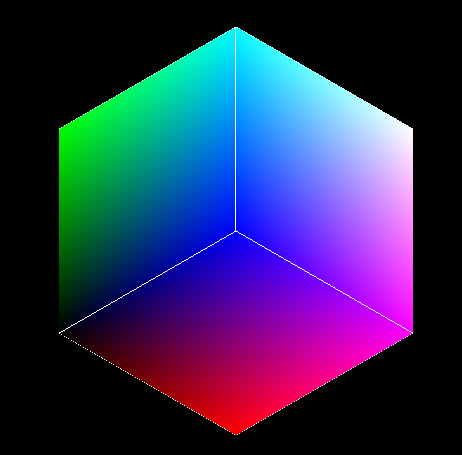
Oblique Projection
- Arbitrary relationship between projectors and projection plane
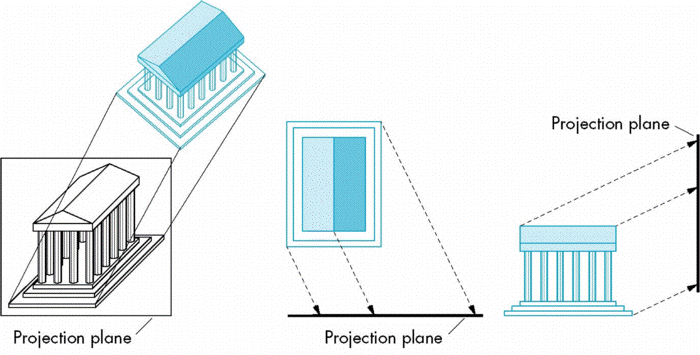
Advantages and Disadvantages
- Can pick the angles to emphasize a particular face
- Architecture: plan oblique, elevation oblique
- Angles in faces parallel to projection plane are preserved while we can still see around the side
- In physical world, cannot create with simple camera; possible with bellows camera or special lens (architectural)
Perspective Projection
- Projectors coverge at center of projection
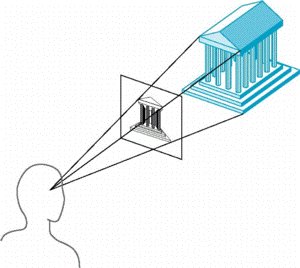
Vanishing Points
- Parallel lines (not parallel to the projection plane) on the object converge at a single point in the projection (the vanishing point)
- Drawing simple perspectives by hand uses these vanishing point(s)
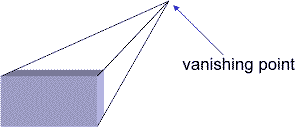
Three-Point Perspective
- No principal face parallel to projection plane
- Three vanishing points for cube


Two-PointPerspective
- One principal direction parallel to projection plane
- Two vanishing points for cube
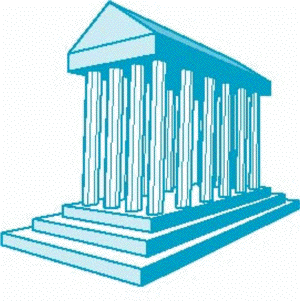

One-Point Perspective
- One principal face parallel to projection plane
- One vanishing point for cube


Advantages and Disadvantages
- Objects further from viewer are
projected smaller than the same sized objects closer to the viewer
(diminution)
- Looks realistic
- Equal distances along a line are not projected into equal distances (nonuniform foreshortening)
- Angles preserved only in planes parallel to the projection plane
- More difficult to construct by hand than parallel projections (but not more difficult by computer)
